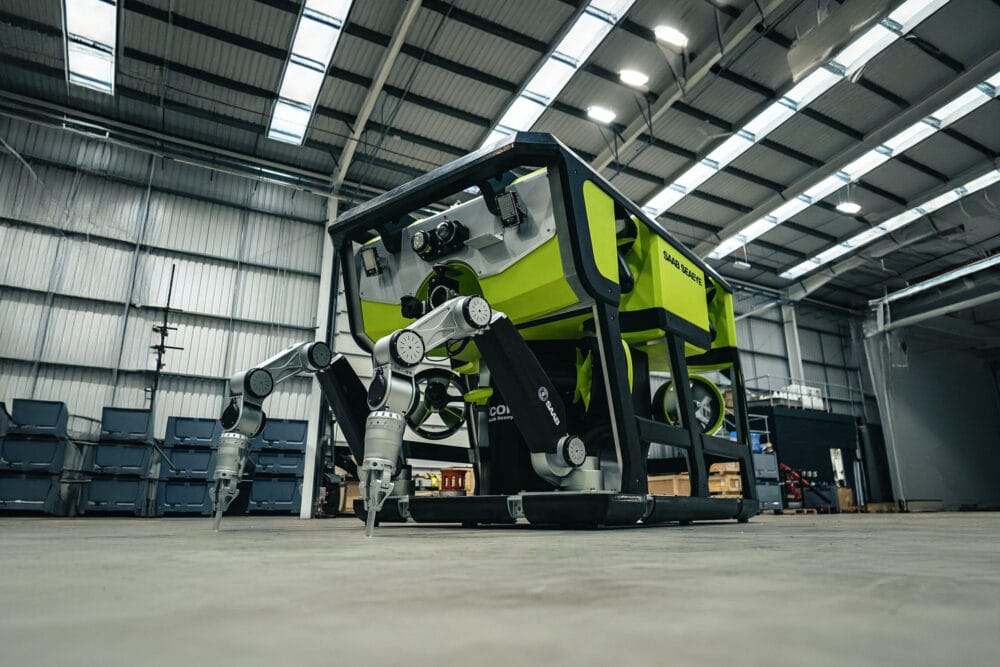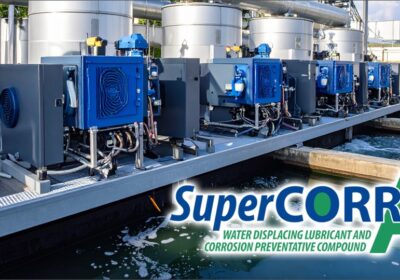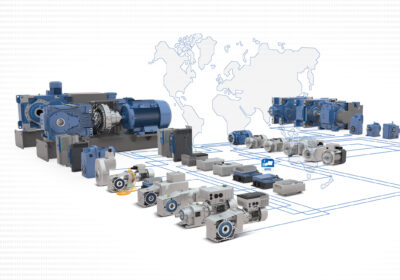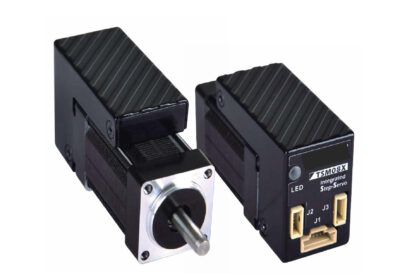High-density power modules support world’s most advanced all-electric work-class ROV
Less than two years ago, two Saab remotely operated vehicles (ROVs) descended over 3,000 meters into the frigid Antarctic waters in search of Sir Ernest Shackleton’s ship, Endurance, which sank in 1915. The story of the British explorer is a legendary tale of courageous leadership and perseverance. Saab’s Seaeye ROVs were integral to the mission’s success, using sophisticated technology to locate, examine and film the wreckage, thus eliminating the need to endanger human lives for deep-sea exploration.
Historically, commercial divers have taken great risks to inspect oil and gas pipelines, high-voltage electrical cables, wind turbines and other critical infrastructure deep undersea. Saab has eliminated that risk bringing deep-sea exploration expertise to commercial underwater applications.
With a mission to keep people and society safe, the Seaeye range of ROVs has been developed with more agile and modular systems designs. Saab UK’s Seaeye systems are capable of performing a wide range of tasks from observation and inspection to more complex functions like underwater maintenance.
This evolution has culminated in the development of the world’s most advanced all-electric work-class ROV (eWROV), which combines versatility and maneuverability. Unlike traditional hydraulic ROVs, the eWROV eliminates the need for large amounts of hydraulic fluid, thereby mitigating environmental risks.
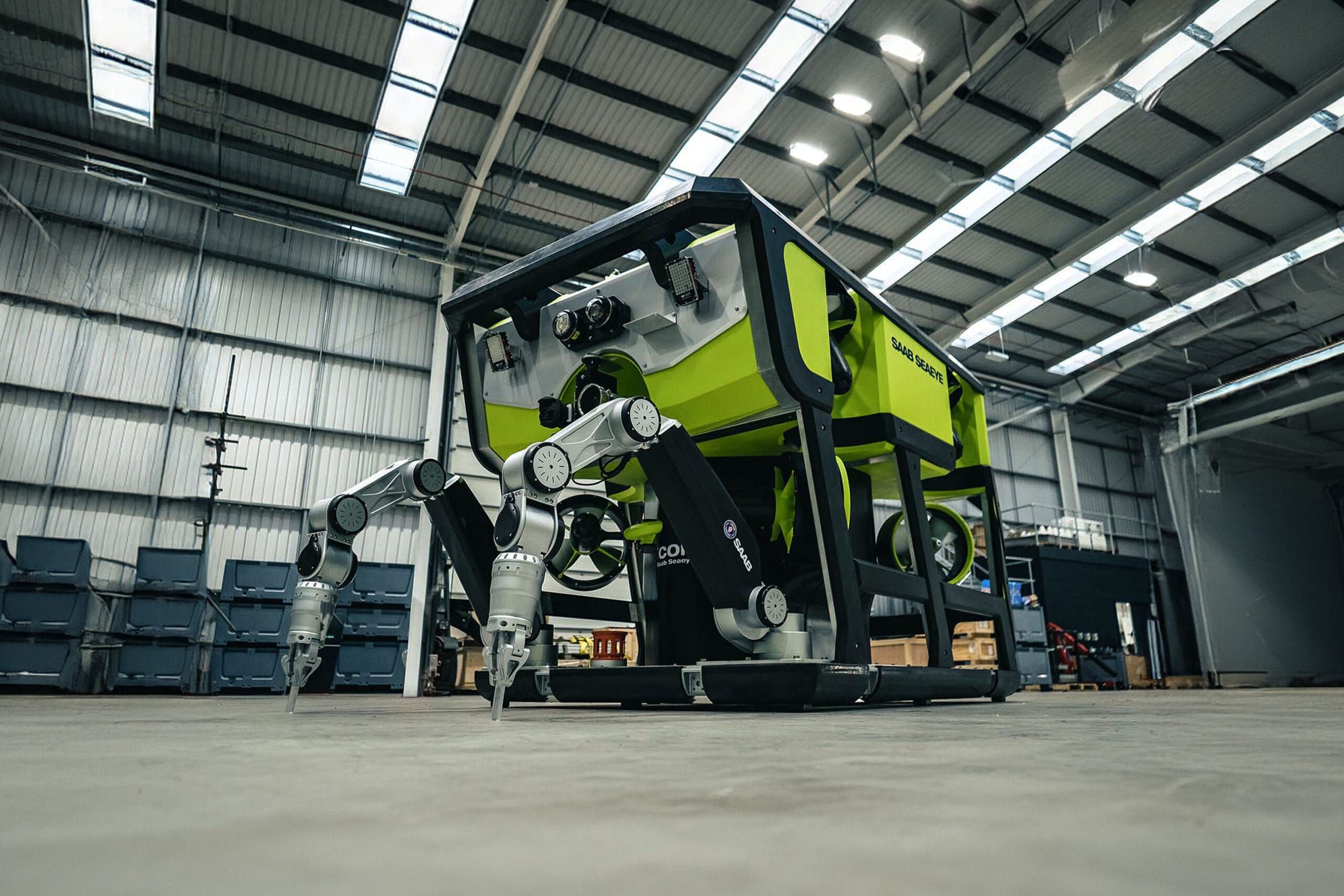
Saab has developed the world’s first work-class all-electric ROV (eWROV), which combines versatility and maneuverability. Unlike traditional hydraulic ROVs, the eWROV all-electric system eliminates the need for traditional hydraulic fluid, thereby mitigating environmental risks.
High-density modular power achieves a compact scalable design
Critical specifications for the eWROV’s power converter are size, mass and thermal dissipation, given that the electronic systems are housed in sealed enclosures where space is at a premium and conventional convection cooling is not possible.
To meet these requirements, Saab chose Vicor power modules for their high density and efficiency. These modules enable efficient power distribution to various eWROV subsystems such as thrusters, manipulators and onboard electronics. The use of Vicor power modules allows Saab to customize Seaeye subsystems according to specific industry-standard 24V and 48V levels required by onboard computers, sensors, video cameras, lights and navigation equipment.

